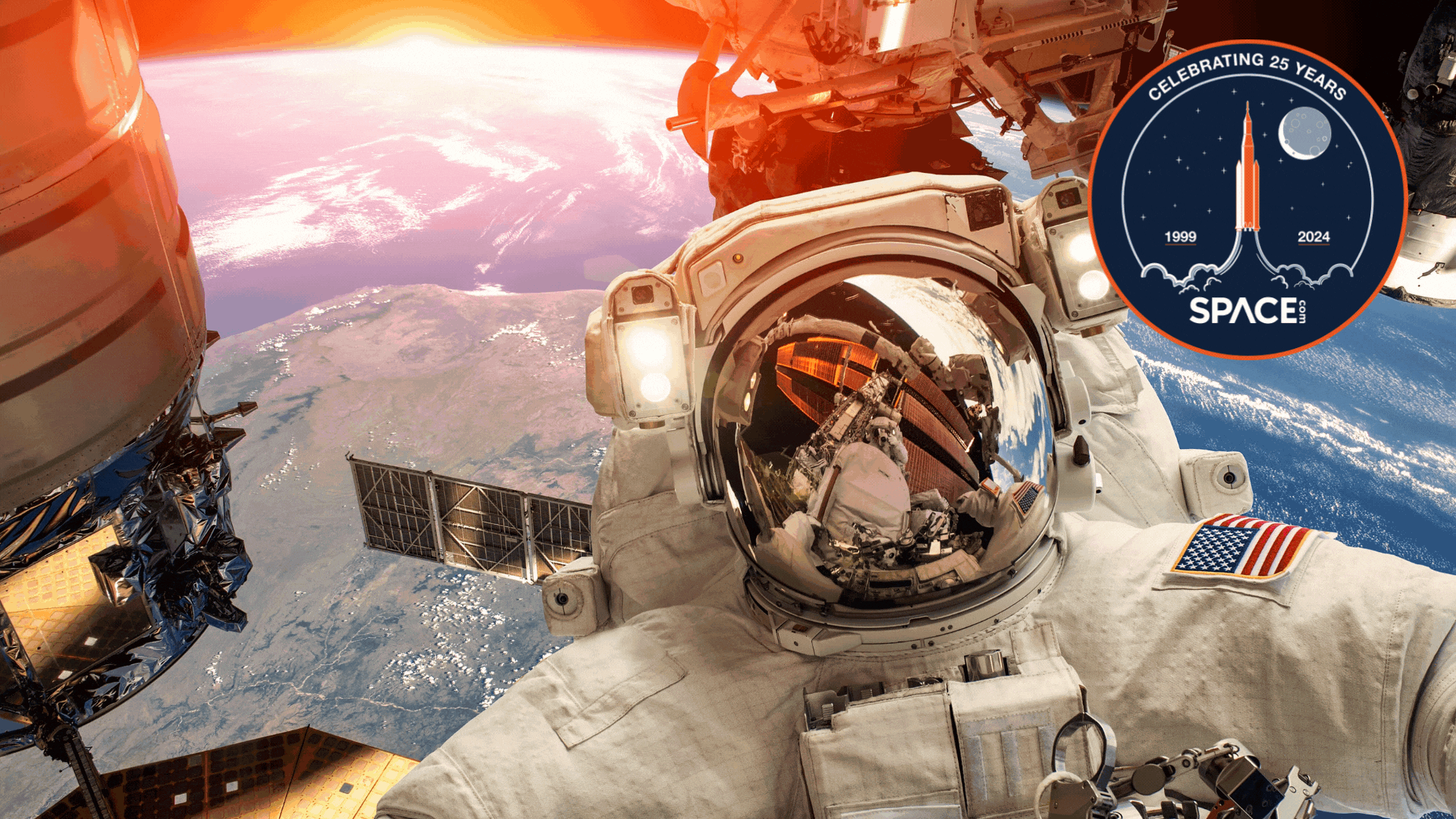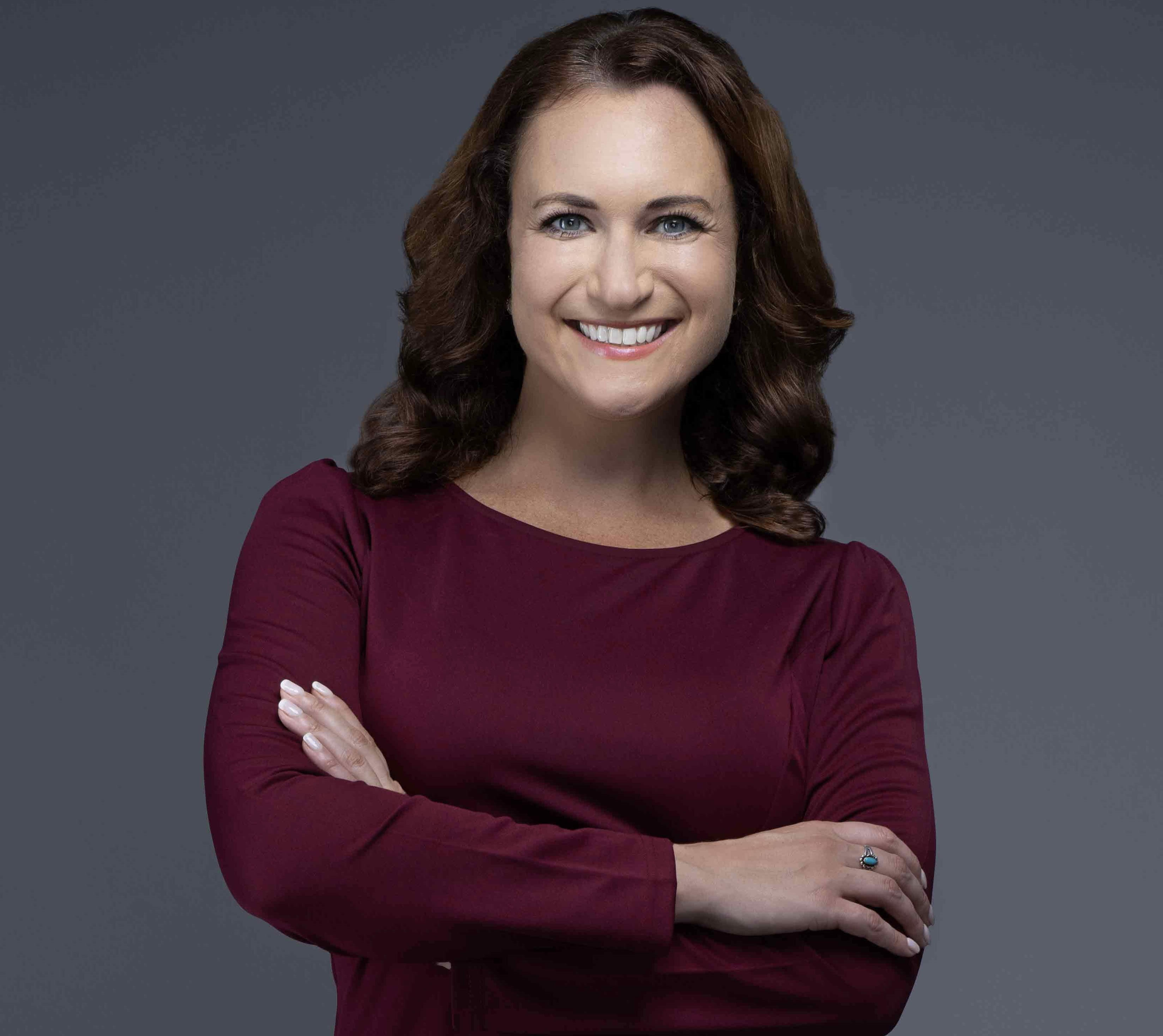Cosmic curiosity is climbing, thanks to social media
A new view of the Earth from space? Check Instagram. Rocket launch videos? Try TikTok.

If you can remember a time without heading to social media apps for your daily dose of news, you might call that the "good ol' days."
Before the turn of the century, to get breaking news or find out the latest trending topics across the world, humanity had to rely on sources such as newspapers, magazines, radio and television. To watch a space shuttle launch decades ago, families would huddle around the radio or at-home TV to get the play-by-play; if you were at school, your teacher would roll out a giant box TV to watch the live feed. After the landing of a Mars rover, you would only be able to see a small snippet of image evidence on the evening news.
That all changed in the 2000s, when social media platforms began firing up all over the internet, from Facebook and Instagram to Twitter, now known as "X," and, more recently, TikTok. These internet sites and apps became a place to connect with friends, family and sometimes even celebrities within seconds, allowing users to upload photos and videos and, often, simply their own thoughts online. It could all suddenly be published with the click of a button. And, naturally, the media wanted a piece of the pie — that includes space journalists like us.
Check out a list of Space.com's special 25th anniversary week stories in our hub linked here!
Here at Space.com, it's exciting to look back at how we've been able to connect with readers across the world — particularly as we celebrate our 25th anniversary this year. We’ve been able to share the latest and greatest space news with a quick and simple post, reaching millions of people across multiple platforms. Lately, we've also hopped aboard the TikTok train, communicating space news in an exciting and entertaining way through video and music. And we're not at all alone in our efforts.
Veronica McGregor, Digital News and Media Manager for NASA's Jet Propulsion Laboratory (JPL), joined JPL's team in 2001 after working in broadcast news, and recalled hopefully waiting for the agency's news releases to get picked up by media outlets so the public could hear about the latest and greatest happenings at NASA. By the mid-2000s, her team started to release videos on the NASA website and on YouTube; she helped create podcasts on iTunes as well. But, once NASA created social media pages, it was a whole new world.
A post shared by NASA Jet Propulsion Laboratory (@nasajpl)
A photo posted by on
"Social media has drastically changed how the world interacts with space news. It's faster, more informed and interactive. We were on Twitter and Facebook in 2008 and discovered there was a massive public appetite for space news and we were thrilled to help satisfy it. We could now give our news directly to the public and we could get immediate feedback, something we never had before," McGregor told Space.com.
Veteran NASA astronaut Mike Massimino has also seen the way space communications have changed over the last 25 years, especially between his first space shuttle mission STS-109 in March of 2002 and STS-125 in May of 2009. On Massimino's second space flight, NASA had asked him to try something that had not been done in the past: send a "tweet" while in orbit to share his experience in 140 characters or less.
Breaking space news, the latest updates on rocket launches, skywatching events and more!
"Before that, there wasn't really an easy way to communicate what was going on. I would do media interviews, but even with those there were times that you could and you couldn't; it had to be arranged and it wasn't easy," Massimino told Space.com. "I was able to tweet when I had time and you don't really need that much time. I really enjoyed telling the stories of what we were doing, I thought it was compelling and interesting."
From orbit: Launch was awesome!! I am feeling great, working hard, & enjoying the magnificent views, the adventure of a lifetime has begun!May 12, 2009
Like many posts do nowadays, the first-ever astronaut message to Twitter (when it was still called that) went viral, even making a guest appearance on Saturday Night Live where Seth Meyers parodied it. To that end, when NASA shared the first images from Mars taken by the Phoenix Lander, the agency didn't get the response they had hoped for. Users scrutinized how they were in black and white and low quality.
"The goal of the mission was to get back small files fast, so they could gauge the condition of the lander and its solar panels. Color images — larger files — could come later, but those first black and white images were crucial. After posting on social media, there was an immediate backlash asking 'how dare NASA send a mission to Mars with only a black and white camera!'" McGregor remarked. "Lesson learned. For all later Mars landings, we added more detail about all the cameras and why black and white images would come back first"
But it worked; people started paying attention in masses. The creation of more social media accounts gained followers from all around the world with more and more people eager to learn about spaceflight and the industry.
"Following the success of our first social media account [@MarsPhoenix], I invited followers to attend a 'Tweetup' at JPL — on their own dime — where we gave them a behind-the-scenes tour and introduced them to the Phoenix mission team," McGregor said. "More than 15 years later, I still see them interacting with each other on social media regularly. And by bringing them to JPL to see and hear about our missions first-hand, they were transformed from 'followers' into true advocates."
It's been a little dusty here in Jezero Crater lately, but that's to be expected... we're in the heart of Martian dust season!How is it going for you, @MarsCuriosity? pic.twitter.com/YnFHWYrh1TMay 16, 2024
Today, in addition to astronauts giving personal insights into life in the cosmos, spacecraft like NASA's Perseverance Mars Rover, and even SpaceX's Starlink satellites, have social media accounts sharing mission updates. Officials such as NASA Administrator Bill Nelson and space company CEOs like United Launch Alliance's Tory Bruno post videos and share information to help educate and keep followers up-to-date. On Instagram, you can join in on a LIVE broadcast or watch a streaming video from an event, or learn something educational with a musical twist on TikTok. Information is now available within seconds after launch or throughout an entire spaceflight journey instead of being delayed hours or even days after a mission is complete.
"We had immediate feedback from the audience. Before social media, we largely relied on news media to convey our stories to the public, so direct feedback didn't happen. With social media, we discovered times when our posts confused people and we realized we had assumed knowledge they didn't have," McGregor said. "Once we recognized the areas that needed more explanation, we adjusted news releases, press kits and other materials to fix it."
With great power, though, comes great responsibility. Unfortunately, not everyone adheres to publishing content that is factual or even their own. This has led to the creation of fake accounts and profiles sharing inaccurate information. And, as some learn the hard way, once something is shared online, it can live forever and be distributed limitlessly even after being deleted.
"I think the thing is when you put it in the hands of individuals, some people will make all kinds of claims and will give off the impression they are something they really are not," Massimino said. "I don't know if people know the difference with someone who's unqualified to make comments on things. It gives everybody a voice, which means that anybody can say anything, and so I don't know if that's good or bad.
"It's just the way it is."
Join our Space Forums to keep talking space on the latest missions, night sky and more! And if you have a news tip, correction or comment, let us know at: community@space.com.

Meredith is a regional Murrow award-winning Certified Broadcast Meteorologist and science/space correspondent. She most recently was a Freelance Meteorologist for NY 1 in New York City & the 19 First Alert Weather Team in Cleveland. A self-described "Rocket Girl," Meredith's personal and professional work has drawn recognition over the last decade, including the inaugural Valparaiso University Alumni Association First Decade Achievement Award, two special reports in News 12's Climate Special "Saving Our Shores" that won a Regional Edward R. Murrow Award, multiple Fair Media Council Folio & Press Club of Long Island awards for meteorology & reporting, and a Long Island Business News & NYC TV Week "40 Under 40" Award.
